
Emerging AI technologies are everywhere, and honestly, it was cool enough when your phone could unlock using your face or assume what emoji you’d type next.
AI can now write essays, design logos, help doctors detect diseases, and even drive cars.
A recent McKinsey report says about 8 out of 10 companies already use AI in some way, and the global market could hit $300 billion by 2026.
It is clear that AI is not a far-off sci-fi dream; it is quietly changing how we live, work, and create every day.
In this post, we will look at 10 emerging AI technologies that are making the biggest impact, and we will keep things simple, just what each technology does, why it is important, and how it is changing the world around us.
Therefore, let us jump in and see what the future (which is basically already here) looks like.
In a hurry? Listen to the blog instead!
Generative AI – One Of the Top Emerging AI Technologies
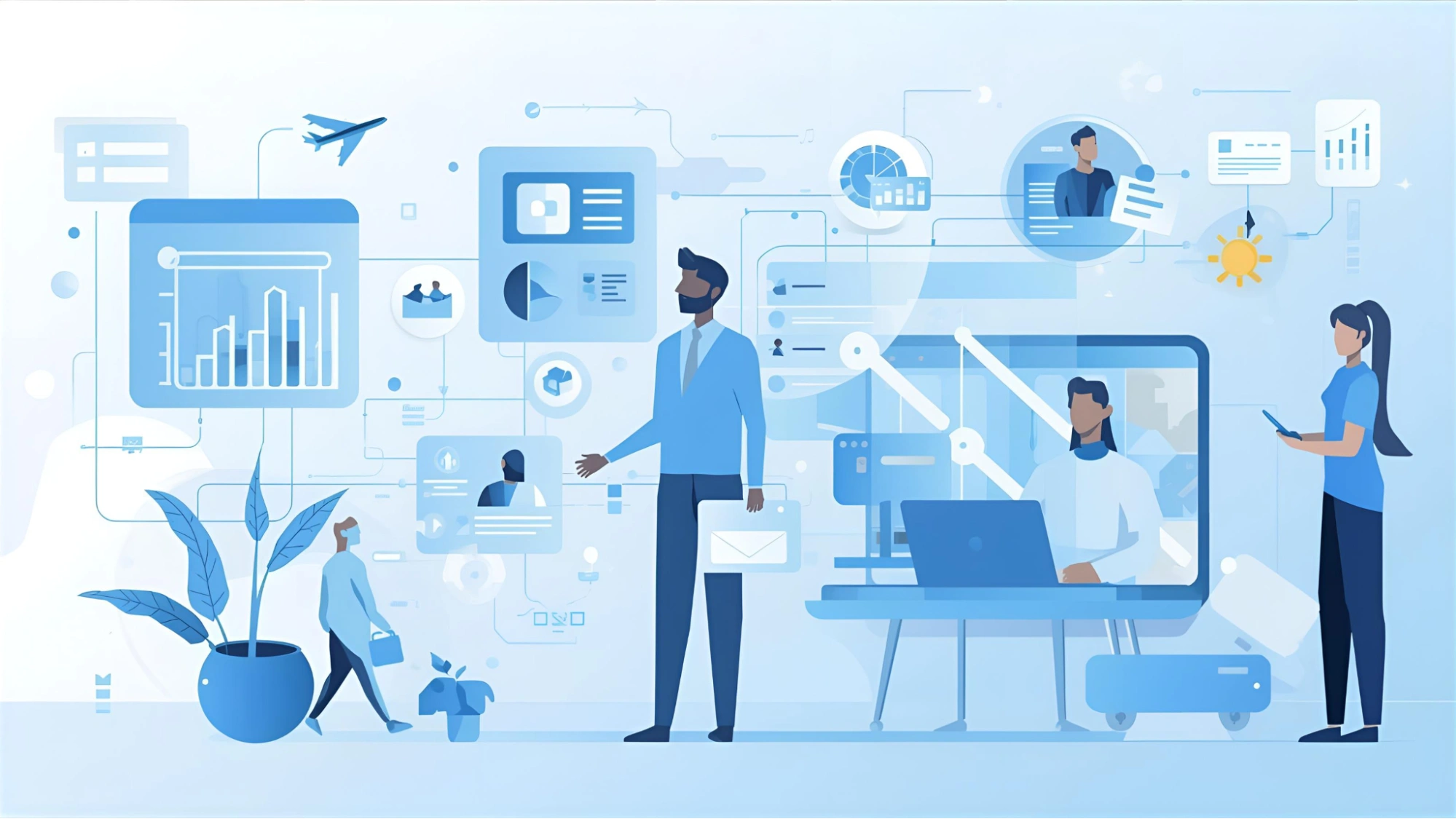
Generative AI is one of the most talked-about advances in technology, and for good reason. It is a branch of artificial intelligence that can create text, images, music, code, and even videos. Basically, it learns from huge amounts of data and then generates something completely new.
You have probably seen tools such as ChatGPT, DALL·E, and AdsGPT. These are excellent examples of this new artificial intelligence technology.
ChatGPT can write an email or summarize a document, whereas DALL·E can turn a short description into a realistic image.
These systems use what they have learned to create something original ( most of the time).
Some of the latest breakthroughs include multimodal AI models that can understand text, images, and sound simultaneously, and fine-tuning methods that help make AI outputs more accurate and useful.
These improvements make generative AI one of the most exciting and rapidly growing areas of AI technology.
Real-world use? There’s plenty:
- Content creation: Marketers use AI to write blog posts, captions, and scripts.
- Design and art: tools generate logos, advertisements, visuals, and 3D models in minutes.
- Healthcare: Researchers use AI to design new medicines and predict how they will react.
However, there are also some challenges.
Generative AI can spread misinformation, produce biased results, and raise copyright issues.
Therefore, companies are now focusing on ethical AI, ensuring that these tools are transparent and safe to use.
And for the businesses, the takeaway is simple: generative AI can save time and boost creativity, but it works best when humans remain in the loop.
Agentic AI – The Next Step In Emerging AI Technologies

If generative AI is good at creating things, agentic AI is good at doing things.
Think of it as the next level of AI that does not just respond to your prompts but also can plan, take action, and make decisions on its own (within limits, of course).
You have probably heard people talk about “AI agents.” These are systems that can handle complex tasks from start to finish, and it does not need any constant instructions.
For example, an AI agent could book flights, compare hotels, and plan your trip, or automate an entire marketing campaign by researching keywords, writing copy, and scheduling posts.
Companies like Google, Microsoft, and OpenAI are already using this.
OpenAI recently introduced features that allow AI models to connect to other apps, and agentic AI Analysts are already calling it one of the most promising emerging technologies in AI for the next few years.
The cool part?
Agentic AI can learn from feedback and improve over time. That means it’s not just reacting, it’s adapting.
Imagine a digital assistant that understands your habits, anticipates your needs, and figures out what to do next without you even asking.
But it’s not all smooth sailing. With more autonomy comes more risk; errors, or, most importantly, a security issue.
So while this new AI technology opens up huge opportunities, it also calls for strong oversight and clear rules.
In short, agentic AI could make our lives easier by handling repetitive tasks and complex workflows, but the key is balance: automation should make us smarter, but also make us lazy…
Also Read!
How To Do Social Media Competitive Analysis Effectively?
How Can Social Media Automation Boost Your Content Strategy?
Multimodal AI – The Latest AI Technology That Understands More Than Words
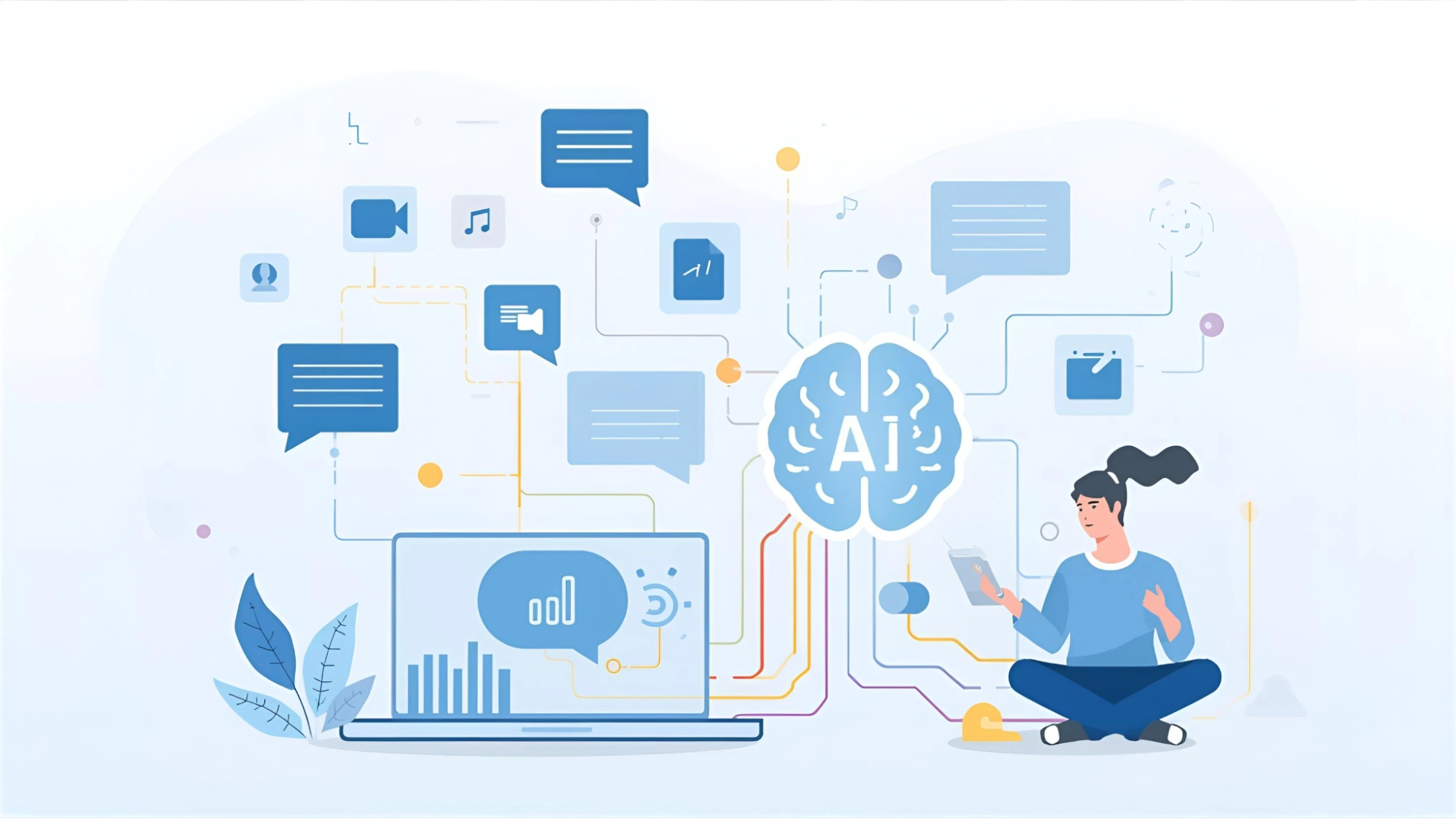
Most AI systems are great at one thing, such as reading text, recognizing images, or processing sound. However, multimodal AI can perform all of these tasks simultaneously.
It understands and connects information from different sources, such as text, images, audio, and even video.
If you have seen GPT-4, Gemini, or Claude 3, you have already experienced multimodal AI.
These models can look at an image and explain what is happening, read a chart and summarize it, or even take a photo of handwritten notes and turn it into an email.
It is one of the most powerful emerging AI technologies because it makes machines much more flexible and human-like.
This new artificial intelligence technology has enormous real-world potential.
- Healthcare: Doctors can upload scans, reports, and lab results, and AI can combine them to help spot early signs of disease.
- Education: Students can ask questions using pictures, text, or voice and receive personalized answers.
- Customer support: Multimodal chatbots can “see” screenshots or documents to solve problems.
According to IBM, multimodal AI is one of the key areas driving the latest AI technology, and it is expected to grow as companies integrate it into everyday tools.
In simple terms, multimodal AI helps machines see, hear, and understand the world more like humans do, which is a big leap toward truly intelligent systems.
Small & Efficient Language Models – Smarter AI That Runs Anywhere
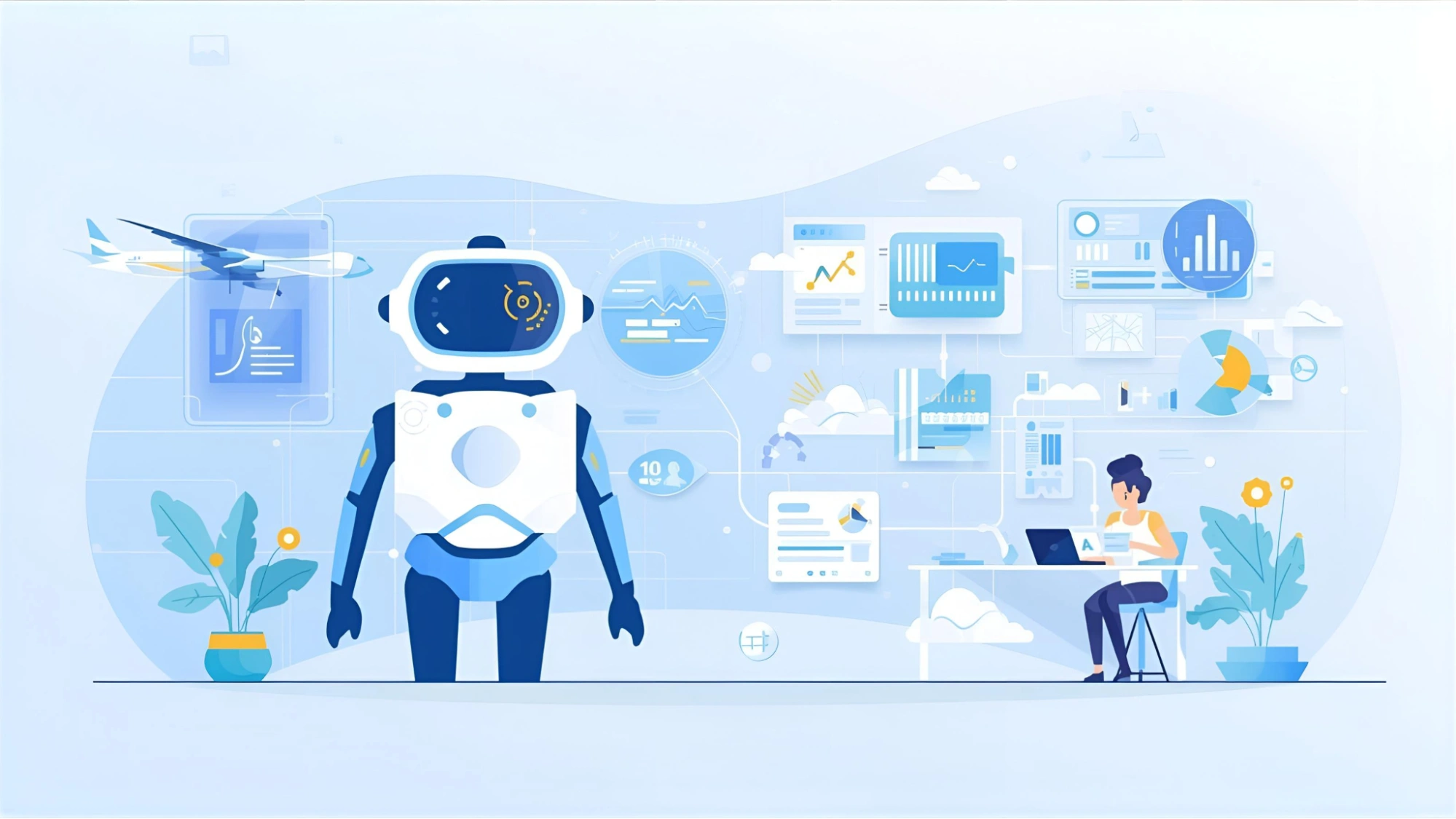
Not every AI model needs to be large. While large models, such as GPT-4, grab all the headlines.
These are compact versions of AI systems designed to be cheaper and easier to operate, even on a phone or laptop.
You have probably seen names such as Llama 3, Gemma, or Mistral. These are some of the latest examples of this new AI technology. They can perform many of the same tasks as large models, such as summarizing text, answering questions, or generating code, but they do not require powerful servers or an Internet connection to function.
Why is this such a significant issue?
- Speed: Smaller models respond, which is ideal for real-time applications.
- Privacy: Data can remain on the device instead of being transferred to the cloud.
- Accessibility: More people and businesses can use AI without incurring massive costs.
This trend is one of the most exciting aspects of emerging AI technologies because it means that AI can move from giant data centers into the devices we use every day, such as phones, wearables, and even cars.
They cannot handle as many complex tasks or remember as much context as their larger counterparts. However, techniques such as quantization and distillation are improving.
The latest AI technology is not always about being bigger; it is about being smarter and more efficient.
Edge AI – Taking Emerging AI Technologies Beyond the Cloud

Most AI tools run in the cloud, which means data has to travel back and forth between your device and remote servers. But Edge AI is changing that.
It brings artificial intelligence closer to where the data is actually created in your phone, smartwatch, car, or even a factory machine.
In simple words, Edge AI means running AI models directly on devices instead of relying on an internet connection.
It is one of the fastest-growing emerging AI technologies, especially as people demand faster responses and better privacy.
Here’s why this new artificial intelligence technology is important:
- Speed: You don’t need to wait for data to upload to the cloud; everything happens instantly.
- Privacy: sensitive data, like health readings or security footage, stays on your device.
- Reliability: works even without a strong internet connection.
A good example is your phone’s voice assistant. When you say “Hey Siri” or “Hey Google,” your voice is processed right on the device; that’s Edge AI in action.
In cars, it powers driver-assist features and helps detect objects in real time. In factories, it monitors machines to predict breakdowns before they happen.
According to Gartner, more than 55% of AI data analysis will happen on the edge by 2025. That shows just how this trend is changing.
The main challenge?
Smaller devices don’t have the same processing power as cloud servers, so engineers are creating lightweight AI models and specialized chips to handle the load.
Explainable & Trustworthy AI – Making Emerging AI Technologies More Transparent
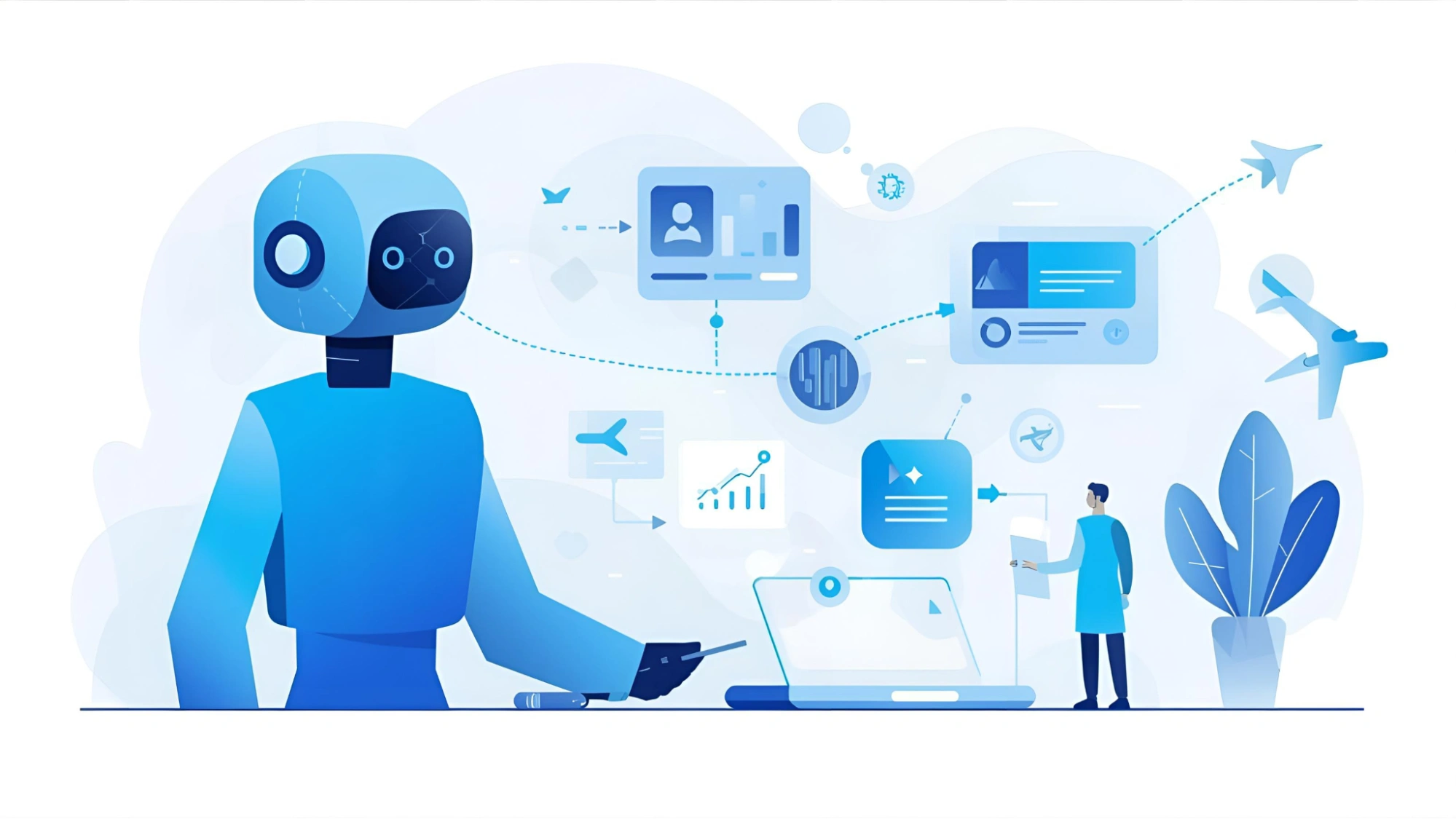
Explainable AI (XAI) is all about helping humans see what is going on behind the scenes.
In simple terms, Explainable AI designs systems that can show their reasoning.
This is a significant part of building trustworthy AI because people need to know why an AI made a certain choice, especially in sensitive areas such as healthcare, banking, or hiring.
Consider this: If an AI system rejects your loan application or flags your resume, would you not want to know the reason? This is exactly what XAI aims to fix.
The following are the applications of this new AI technology:
- Healthcare: Doctors use explainable models to understand how an AI reaches a diagnosis.
- Finance: Banks use it to justify credit decisions and reduce bias.
- Law enforcement: Helps ensure fairness and accountability in predictive systems.
Even large companies, such as IBM, Microsoft, and Google, are investing heavily in XAI tools.
Regulators in Europe and the U.S. are also setting new rules that require transparency in automated decisions; therefore, this is not just a technology trend but is also becoming a legal must-have.
The future of emerging AI technologies lies in creating honest AI. The more we understand AI, the more confidently we can use it in our daily lives.
Synthetic Data & Privacy-Preserving AI – Smarter Training Without Real Data
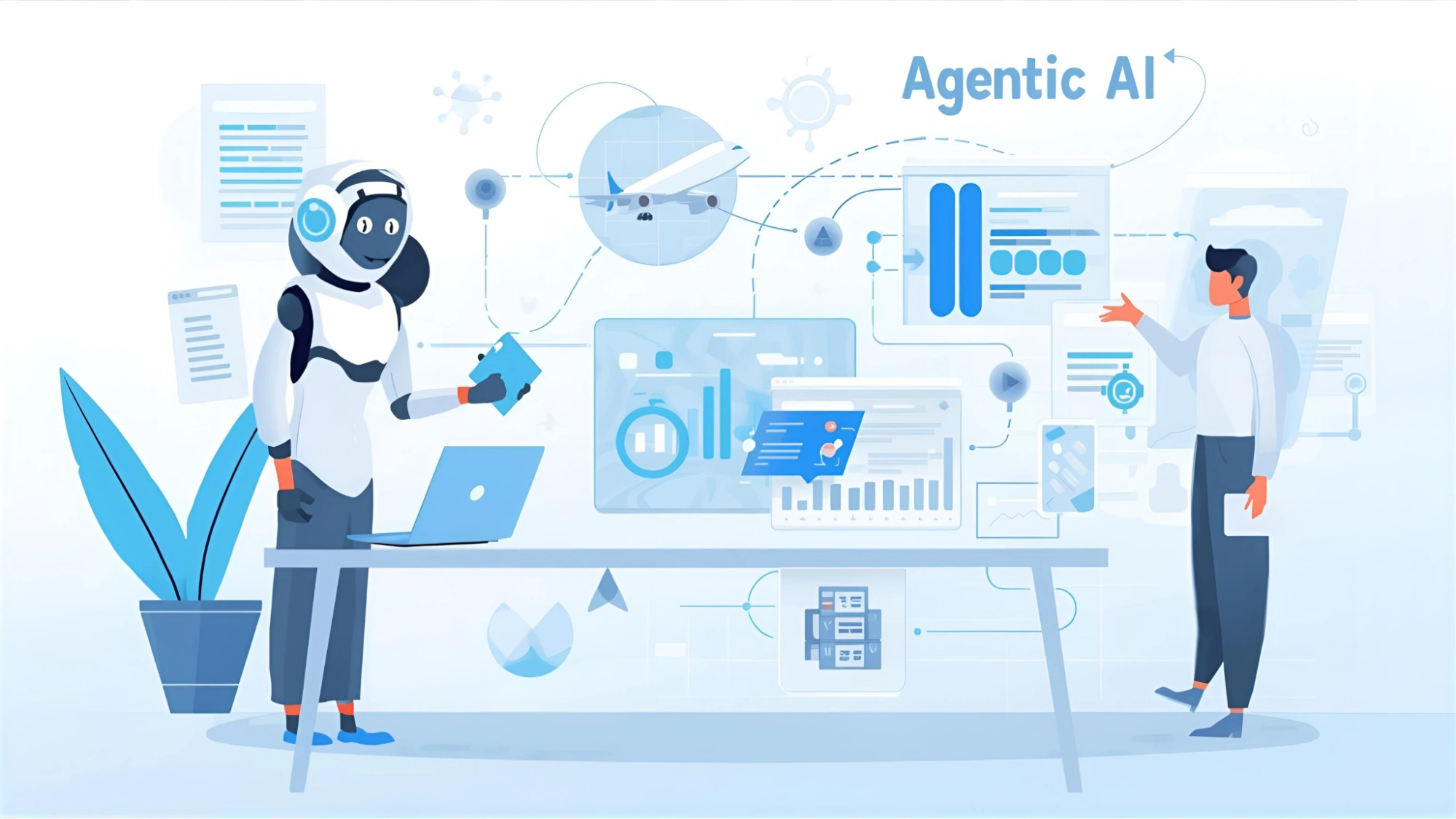
AI keeps getting better by learning from data, but using real data can increase privacy and security issues.
To solve that, companies are now using synthetic data and privacy-preserving AI, two of the smart emerging AI technologies out there.
Synthetic data is basically “fake” data created by algorithms. It mimics real patterns but does not belong to any real person. This makes it perfect for testing or training AI models safely.
For example, banks use it to train fraud-detection systems, and hospitals use it to test diagnostic tools without touching real patient files.
Meanwhile, privacy-preserving AI takes a different approach; it lets models learn from data without actually seeing it.
Methods like federated learning and differential privacy help protect user info while still improving accuracy.
A 2025 Gartner study predicts that over half of new AI projects will use some form of synthetic or privacy-enhanced data in the next few years.
These new AI technologies need to grow, without putting anyone’s personal data at risk.
AI Hardware & Specialized Accelerators – Powering The Next Wave Of Emerging AI Technologies
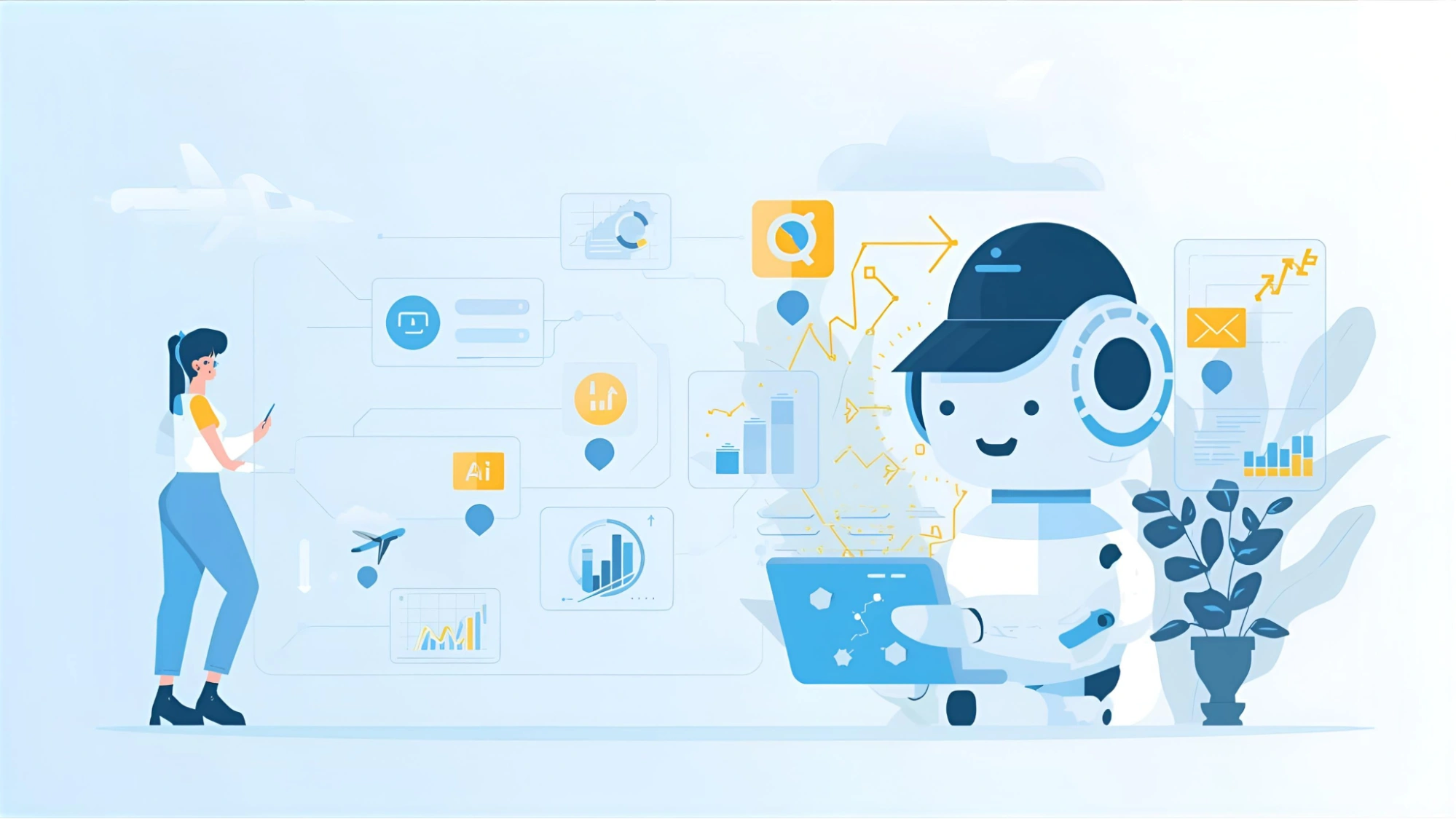
Every powerful AI system is supported by strong hardware. As models become more advanced, they require smarter chips to keep up, and that is exactly what AI hardware accelerators are built for.
Companies such as NVIDIA, AMD, Intel, and even newcomers such as Cerebras and Graphcore are developing chips specifically designed for AI workloads. These accelerators handle huge amounts of data and complex math at lightning speed, which helps reduce both training time and energy use.
These new AI technologies are in demand as the demand for AI grows, and Specialized hardware helps reduce energy consumption while still delivering top-tier performance, which is a big win for sustainability.
Simply put, the future of AI is not just about smarter algorithms; it is also about stronger hardware that makes all that intelligence possible.
AI in Healthcare & Life Sciences – How Emerging AI Technologies Are Saving Lives

Few fields have been impacted by AI as much as healthcare. From spotting diseases early to speeding up drug discovery, emerging AI technologies are completely changing how doctors, researchers, and patients experience healthcare.
AI can analyze medical scans and help detect cancers at early stages and even predict health risks before symptoms appear.
For example, Google’s AI models can identify signs of diabetic eye disease years before it causes damage, and startups like Insilico Medicine are using AI to discover new drugs in record times.
Another significant breakthrough is AI-driven genomics, a technology that helps decode human DNA to personalize treatment plans. This makes precision medicine more accurate and affordable than before.
Hospitals are also using new AI technologies to improve workflows, automate patient scheduling, reduce paperwork, and use chatbots for 24/7 support. Similarly, GlobusSoft has developed an easy-to-use tool called EmpMonitor, which helps maintain a healthy work-life balance and improves productivity across teams.
AI for Climate & Sustainability – Emerging AI Technologies That Protect the Planet
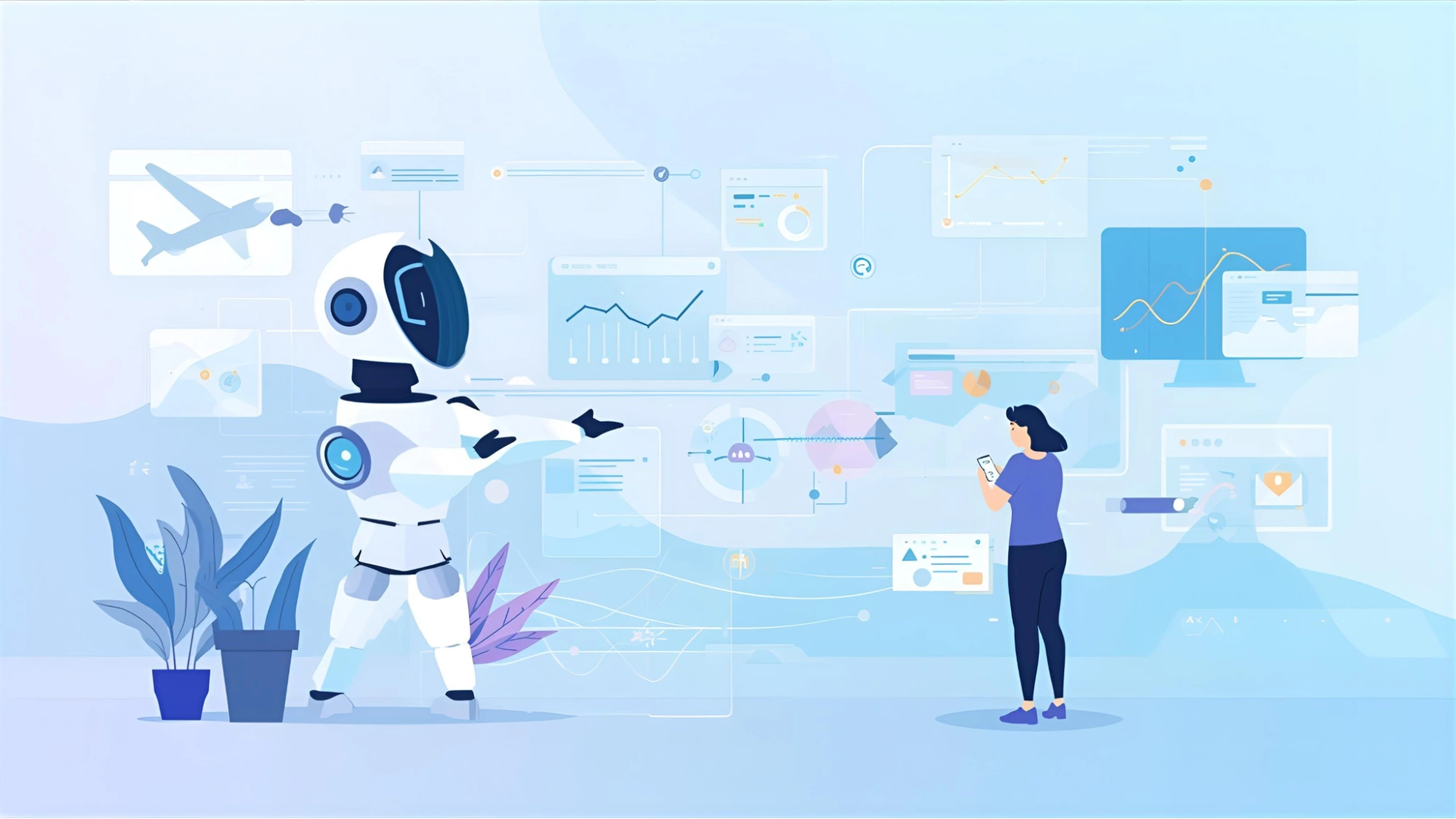
AI can also be used to protect the planet.
One of the most inspiring uses of emerging AI technologies is to tackle climate change and promote sustainability.
For example, NASA uses AI-powered models to analyze satellite data and detect early signs of wildfires, whereas companies such as Google DeepMind use AI to reduce the energy used in data centers by up to 40%.
In agriculture, new AI technologies help farmers use water and fertilizer more efficiently by predicting crop health and weather patterns. In the energy sector, AI systems balance renewable power grids by forecasting demand and managing solar or wind output in real time.
The latest AI technology is being used to design more sustainable materials, from eco-friendly packaging to energy-efficient batteries.
The best part?
These innovations do not just fight climate change; they also create new green jobs and make industries cleaner and more efficient.
AI will not solve the climate crisis alone, but it is becoming one of our strongest allies. It helps us understand problems and build a more sustainable future.
Conclusion: The Future Of Emerging Technologies
From smart chatbots to climate-saving tools, it is clear that emerging technologies are changing how we work and live.
Things that sounded impossible a few years ago are now part of everyday life, quietly connecting things.
But here’s the thing: the best technology does not replace people, it helps them.
Whether it is a startup automating tasks or a doctor using advanced tools to detect diseases early, innovation works best when built around real human needs.
Therefore, Globussoft’s team has built powerful tools that people already use every day, such as PowerAdSpy, Socinator, and AdsGPT for social media automation, and EmpMonitor for tracking productivity.
If you are considering creating your own custom tool or product, you can connect with us, and we will handle everything from idea to launch.
Whether it is something simple to boost productivity or a complete business solution, we will help you bring it to life, your way.
Technology is everywhere and is changing the future; therefore, instead of watching from the sidelines, why not build something with it?
Globussoft can help you turn your ideas into something powerful, practical, and completely your own.
FAQs On Emerging AI Technologies
What makes an AI technology “emerging”?
An AI technology is considered emerging when it is still developing but shows strong potential to industries, such as agentic AI, small language models, or edge computing. These tools are in their growth phase and are evolving rapidly.
Are emerging AI technologies safe to use?
Yes, as long as they are developed and deployed responsibly. Companies now focus heavily on explainability, privacy, and fairness to ensure safe and ethical use of AI.
How can businesses benefit from the latest AI technology?
Businesses can automate repetitive tasks, analyze data more quickly, and make smarter predictions. The biggest benefit is efficiency, which saves time and resources while improving accuracy.
Do I need a technical background to build AI-based tools?
Not at all. With the right development partner (such as Globussoft), you can create custom tools based on your goals. You just need a clear idea; the technical part can be handled for you.


